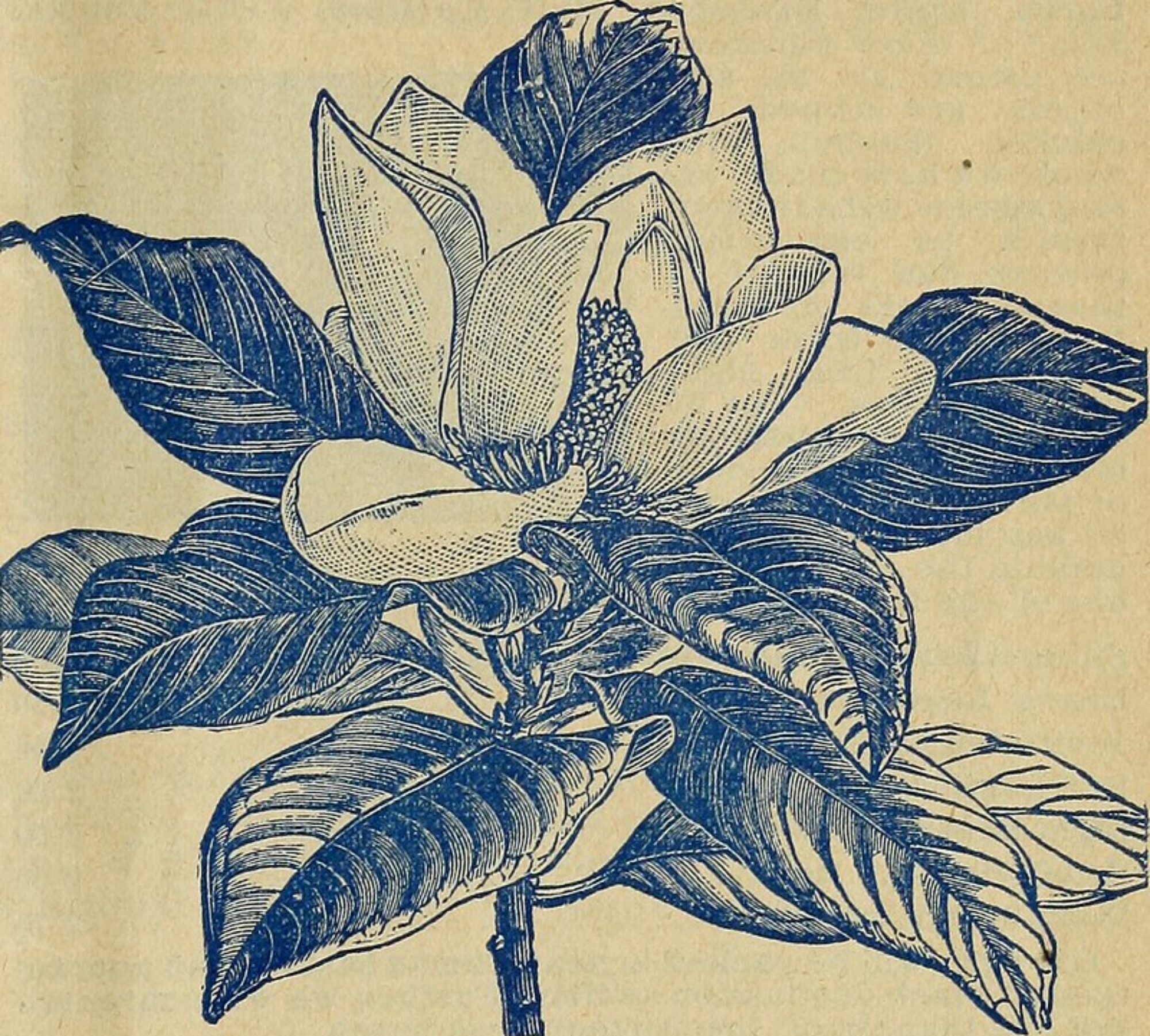These creatures inhabit the dense forests of Raga. They have a very primitive civilization and live atop the tall trees of the purple forest. This forest gets its name from the gigantic purple-colored trees, which create complex holes and tunnels within themselves, serving as homes for these people. Farnages have undergone parallel evolution with these plants, and in return for the ready habitat and food they receive, they keep the trees’ surfaces free from the many native parasites of Raga. Farnages are adapted to live in the cavities of these trees and build very large cities within these recesses. Sometimes their cities connect many adjacent trees, encompassing a large part of the forest.
Farnages are about half a meter tall and can fly from branch to branch with the help of their strong wings. Farnages’ hands are specialized for precise tasks and are not used for movement. The only bony part of their body is their skull, which is armed with a broad shield at the back and horns at the front. Despite their strong vision, they sometimes make deadly mistakes in estimating distances and collide with the snake-like branches of the trees. If these creatures hit something hard or fall from a height, their boneless bodies instantly die and turn into a thick, dark liquid that clots on the dense bushes covering the ground. The carcasses of Farnages that die this way stick to the bark of the trees and dry up. Farnages have strange superstitions about these natural purple graves and have composed fantastical poems about their magical properties.
Another form of these stories exists about other opened graves on the ground, which appear as green patches to outside observers. These are the remains of Farnages who fell from the distant heights of their cities due to flying disorders or other reasons, and their bodies shattered upon hitting the ground. Because of the impact, their purple flesh tissue disintegrates, and unlike the carcasses stuck to the branches, they turn into green patches on the ground. This is because their blood, rich in trivalent iron compounds, is green.
The Farnages’ civilization is very primitive. They all live under a monarchy system, with their king also serving as their shaman or high priest. They essentially worship the trees of the purple forest, believing that the power of these trees occasionally incarnates in a warrior and charismatic Farnage, who is chosen as king after passing certain tests.
These people highly respect their kind and never engage in bloodshed among themselves. However, they are in a constant battle with the Masamus, allied tribes living in slave-holding and violent societies in the plains of Raga. The Masamus collect the porous skulls of Farnages as valuable trophies and use this unpleasant material to build temples for their god. The Masamus bear a strong resemblance to Farnages, but their skulls are not as strong, and their wings are more like fixed fins than movable limbs. Some scientists believe that these two warrior races share a common evolutionary origin.
Farnages have a strange reproductive system. All adult inhabitants of the purple forest gather once a year—when the disks of Raga’s two suns overlap in the sky—around the deep, giant cavity of one of the sacred trees and excrete a few drops of blue liquid containing sexual cells. These substances accumulate as a dark mass in the cavity and remain there for three months, during which eggs form. After this period, on a dark night, thousands of baby Farnages crawl out of the cavity. These babies are identical to adults except for the lack of hands. The babies’ hands gradually grow as they age, eventually enabling them to perform the manual tasks of their city well. The metamorphic stages of these creatures are still not fully understood, but it is certain that these stages occur within the mentioned cavity with the help of the purple trees’ secretions.
Etymology: The name of these creatures is derived from two of my friends—Farnaz and Meysam—who separately challenged me to write a chapter in this book named after them. (Vakili, Sherwin (2019) Encyclopedia Extraterresterica, Internal Publications of the Khorshid Raga Cultural Institute)
